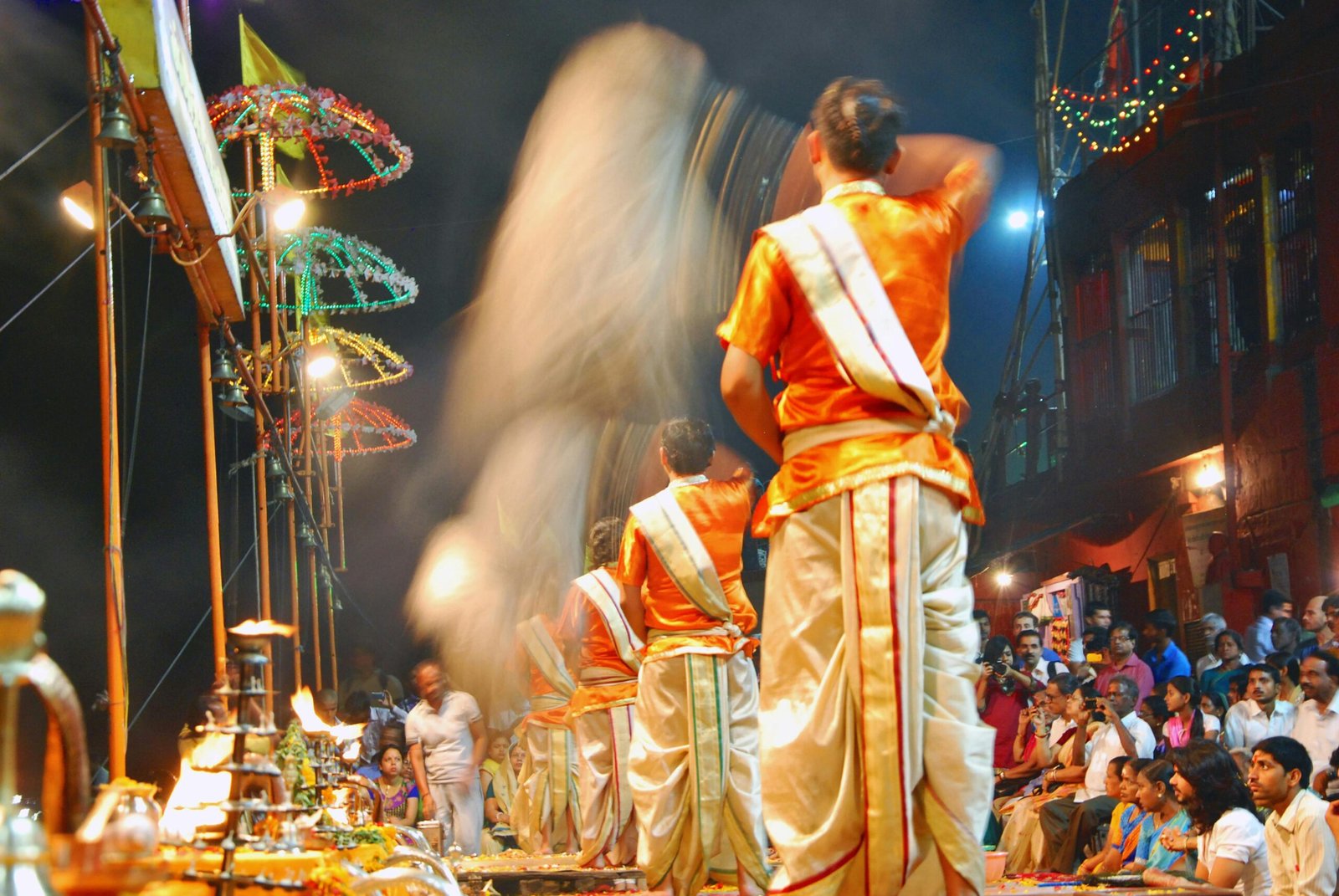Your cart is currently empty!

Indian culture and traditions

Introduction: India, a land of dazzling diversity, is a confluence of ancient traditions and modern advancements. Its culture, steeped in history, resonates with the echoes of myriad languages, religions, festivals, and an unparalleled culinary heritage. This blog post embarks on a voyage through the heart of India’s cultural richness, exploring the enduring legacy and vibrant tapestry of its traditions.
I. The Foundations of Indian Culture
A. History and Influence
India’s cultural roots trace back to one of the world’s oldest civilizations—the Indus Valley Civilization. This historical depth has cultivated a unique blend of cultures, traditions, and philosophies that have shaped Indian society over millennia. The influence of various dynasties and empires, including the Maurya, Gupta, and Mughal, is evident in the country’s rich tapestry of art, architecture, and spiritual traditions.
B. Diversity in Languages and Religions
India is a mosaic of languages and religions, with each contributing to the country’s cultural diversity. With over 2,000 distinct languages and dialects, and major religions like Hinduism, Islam, Christianity, Sikhism, Buddhism, and Jainism, India exemplifies unity in diversity. This coexistence has fostered a multitude of cultural practices, festivals, and ways of life.
II. Festivals and Celebrations
A. Diwali: The Festival of Lights
Diwali, one of the most beloved Indian festivals, symbolizes the victory of light over darkness. Families light up their homes with diyas (oil lamps), worship Lakshmi, the goddess of wealth, and share sweets and gifts. The sky illuminated by fireworks is a testament to the joy and warmth that Diwali brings to hearts across India.
B. Holi: The Festival of Colors
Holi celebrates the arrival of spring and the triumph of good over evil. It’s a day when social norms are set aside, and people come together to smear colors on each other, dance under water sprinklers, and enjoy delicacies like gujiya and thandai. Holi embodies the spirit of forgiveness, friendship, and the rejuvenation of relationships.
C. Other Major Festivals
India’s calendar is replete with festivals, each with its own significance. Navratri is celebrated with nine nights of dance and worship, Eid marks the end of Ramadan with prayers and feasting, while Christmas is celebrated with joy and charity. These festivals, and many more, add to the rich cultural fabric of India.
III. Traditional Indian Cuisine
A. The Role of Spices
Indian cuisine is renowned for its ingenious use of spices, which are not just flavor enhancers but also carry medicinal properties. Spices like turmeric, cumin, cardamom, and saffron are staples in Indian kitchens, giving dishes their distinctive flavors and aromas.
B. Popular Dishes
From the biryanis of Hyderabad to the dosas of South India, and the butter chicken of Punjab, Indian cuisine offers an array of dishes that tantalize the palate. Each region brings its own specialty to the table, creating a gastronomic diversity that is unparalleled.
C. Vegetarianism in Indian Culture
Vegetarianism is deeply ingrained in many Indian traditions and lifestyles, often rooted in ethical, religious, or health considerations. Indian vegetarian cuisine is diverse and offers a plethora of dishes that are both nutritious and flavorful, showcasing the versatility of vegetables, lentils, grains, and spices.
IV. Art, Music, and Dance
A. Classical and Folk Dance Forms
India’s dance forms range from the classical Bharatanatyam to the vibrant Bhangra. Each dance style tells a story, expresses emotions, and celebrates life. These dance forms are not just art; they are the soul of Indian cultural and spiritual expression.
B. Indian Music: A Blend of Classical and Modern
Indian music spans a wide range, from the ragas of Hindustani and Carnatic classical music to the global rhythms of Bollywood songs. Music in India is deeply spiritual and an integral part of the country’s cultural and everyday life.
C. Traditional Arts and Crafts
India’s traditional arts and crafts reflect the creativity and diversity of its people. From the intricate textile patterns of block printing to the detailed storytelling of Madhubani paintings, these art forms are a window into India’s soul, narrating tales of its land, gods, and people.
V. Clothing and Fashion
A. Traditional Attires
Indian traditional attire varies from the elegant sarees and salwar kameez to dhotis and turbans, each reflecting the geographical and cultural diversity of the region. These garments are not just pieces of cloth but symbols of India’s rich heritage and identity.
B. Modern Influences and Fashion Industry
The Indian fashion industry today is a fusion of traditional motifs and contemporary designs, reflecting the country’s evolving culture yet staying rooted in tradition. Designers are reimagining traditional wear, making it relevant for the modern wardrobe while preserving its heritage.
VI. Conclusion
The vibrant tapestry of Indian culture and traditions is a testament to the country’s rich history, diverse population, and dynamic spirit. This cultural mosaic invites us to explore and celebrate the depths of human creativity and resilience. As we cherish and preserve this heritage, we pave the way for future generations to continue weaving the beautiful story of India.
Call to Action: Embrace the opportunity to explore the wonders of Indian culture. Whether it’s participating in a festival, savoring the flavors of its cuisine, or simply learning more about its traditions, each experience enriches our understanding of this magnificent tapestry.
This blog post is a celebration of Indian culture and its diverse traditions. Each paragraph aims to provide a detailed and engaging exploration of the topic at hand. Let’s proceed with creating an image to accompany this rich narrative. What do you think?



